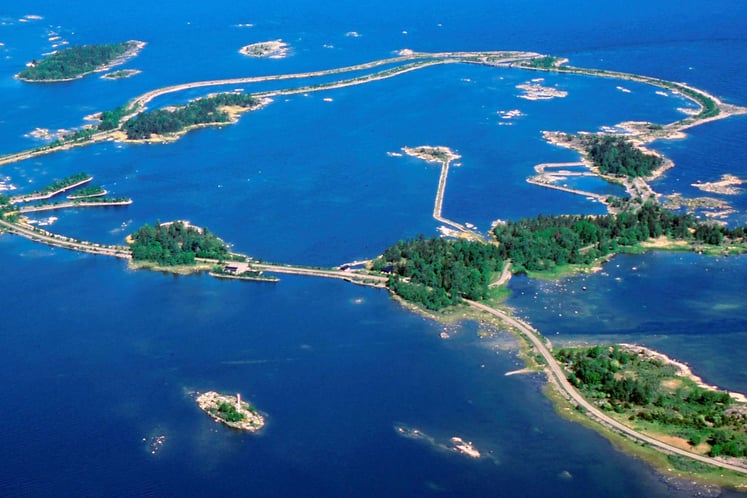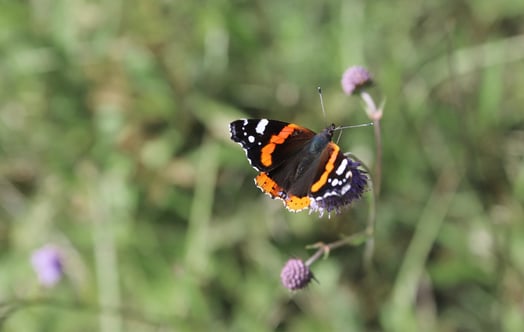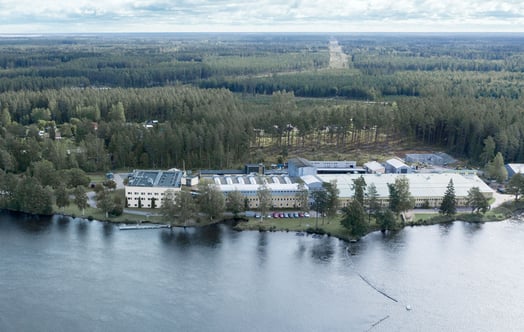Creating habitats for endangered bees: sand bed initiative on Gotland
Sand-living solitary bees are fascinating creatures that play a crucial role in our ecosystems. Unlike honey bees or bumblebees, solitary bees nest alone, often underground, and many people know very little about them.
Short facts
- Gotland, Sweden
- Sand-living solitary bees
- Create habitats and nests for endangered sand-living solitary bees
- 2019
These bees are endangered due to habitat loss from human activities like industrial agriculture and urbanisation, climate change, and threats from parasites and invasive species, posing significant risks to their survival. During the renovation of a power line on the island of Gotland, Sweden, a sand bed was created to help endangered bees.
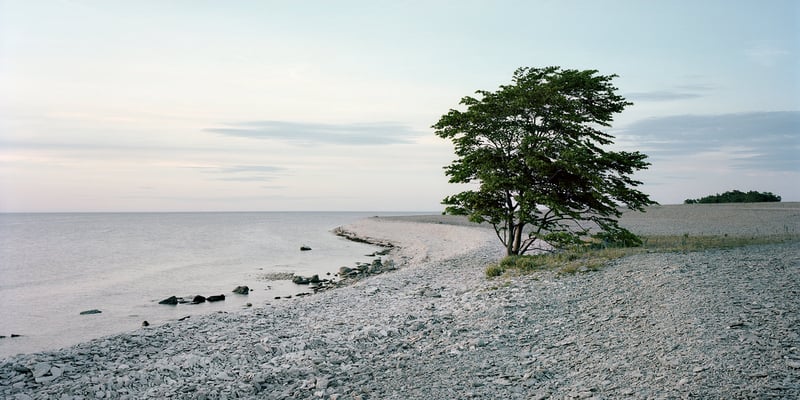
Vegetation was removed and replaced by open sandy areas to create habitats and nests for these species. GEAB’s power lines in Stånga, Gotland, are among Sweden’s best habitats for sand-living solitary bees.
The project, initiated in collaboration with the County Administrative Board in Gotland, also aimed to increase awareness among employees, encouraging them to create small bee nests in their gardens by removing vegetation in some parts to expose sandy areas.
More about biodiversity
Biodiversity and nature protection are a priority at Vattenfall. It is one of the focus areas in our environmental policy and therefore also a central part in our environmental work.
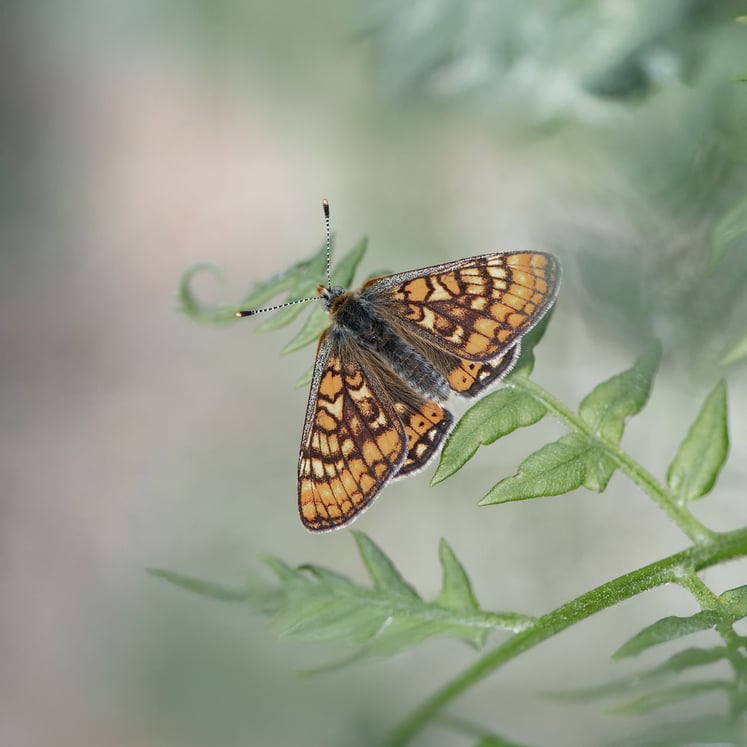
How we make a difference for nature
Biodiversity is an important and integrated part of our work. Here, we show concrete examples of how we care for nature through our projects.
